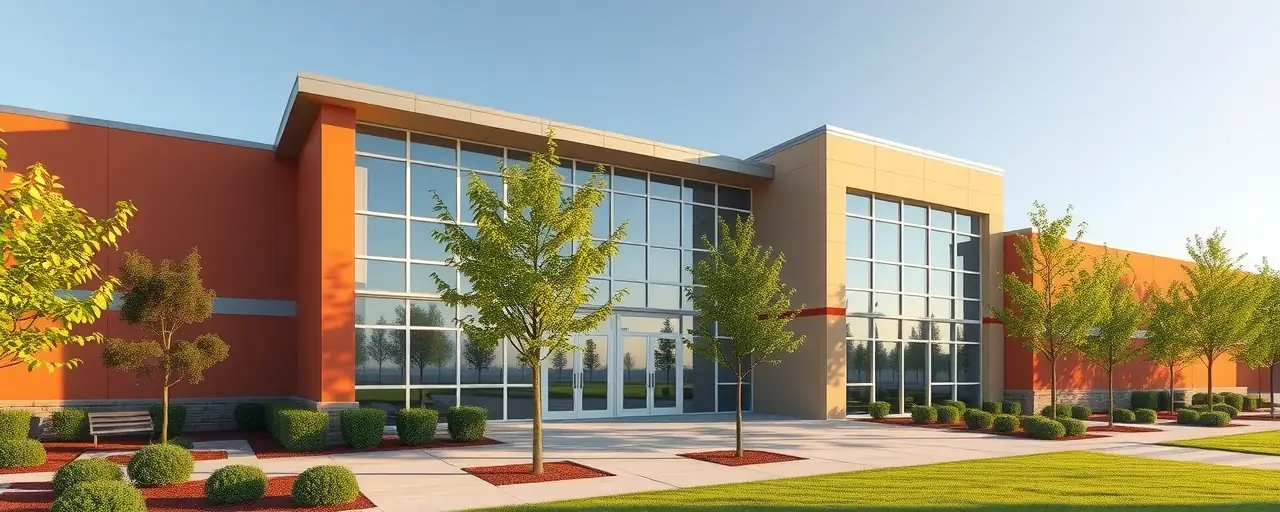A Plan to Strengthen Communities
New York State is launching a major effort to revitalize community centers, aiming to create spaces where people can connect, stay active, and access essential services. Governor Kathy Hochul unveiled the $100 million Building Recreational Infrastructure for Communities, Kids, and Seniors (NY BRICKS) program, designed to fund the construction or renovation of facilities that serve youth, older adults, and underserved neighborhoods. The initiative has sparked hope, but its success depends on how it navigates practical challenges.
Funded through the FY 2026 budget, NY BRICKS offers grants from $250,000 to $15 million. Municipalities and nonprofits can apply to build or upgrade centers that promote physical health, mental well-being, and social bonds. Projects offering affordable childcare, eldercare, or mental health counseling will get priority, especially in areas with limited resources. Applicants must cover 20 percent of project costs, a requirement that could test the program's reach.
The Power of Community Hubs
Community centers are vital lifelines for neighborhoods. Research shows that access to recreational spaces improves physical health, reduces stress, and strengthens social ties. For kids, these centers offer alternatives to screen time, which studies link to higher risks of anxiety, depression, and weaker academic skills. For older adults, they provide fitness programs and social activities that combat loneliness, a pressing issue as populations age.
New York's approach reflects global and national trends. Clark County's Aging Readiness Plan (2023) and Portland's Age-Friendly City prioritize accessible, inclusive spaces for all ages. Since 2007, the World Health Organization's Age-Friendly Cities framework has guided communities to create environments that support active, connected lives. NY BRICKS aims to build on these ideas, creating hubs that meet diverse needs across the state.
How NY BRICKS Will Work
Applications open on July 14, 2025, and close on August 15, with awards announced by November 1. The Dormitory Authority of the State of New York (DASNY) and the Office of Parks, Recreation, and Historic Preservation are managing the process. A webinar on June 25 will clarify details, and a question period runs from June 5 to June 20. Nonprofits must be prequalified in the Statewide Financial System, which could complicate applications for smaller groups.
The program emphasizes equity by prioritizing underserved areas, but the 20 percent matching requirement may favor wealthier applicants. Still, the grants' flexibility, covering design, construction, or land acquisition, allows communities to tailor projects to their needs, whether it's a new youth center or a renovated senior facility.
Weighing Costs and Benefits
Investing in community centers has clear upsides, according to some state leaders. They point to examples like Illinois and Oregon, where funding for health and infrastructure has improved well-being and reduced inequities. Advocates for NY BRICKS argue it could expand access to services in rural and low-income areas, where recreational spaces are often lacking.
Others urge caution about public spending. Some policymakers favor leaner budgets, emphasizing private partnerships or block grants over large state programs. They argue that unchecked spending can lead to inefficiencies, a concern echoed in proposals like Project 2025, which seeks to limit federal contributions to social initiatives. These differing views underscore the challenge of balancing community needs with fiscal discipline.
What This Means for New York
NY BRICKS is part of a larger vision, tied to Hochul's Unplug and Play initiative, which includes $67.5 million for playgrounds and $90 million for swimming facilities. By encouraging kids to step away from screens, the program addresses research linking excessive screen time to developmental challenges. Community centers could also provide mental health resources, meeting a growing need across age groups.
The program's impact will depend on execution. Can it reach the most underserved communities? Will urban and rural needs be balanced? And how will these centers sustain themselves over time? These questions will shape the program's legacy.
New York's investment in community centers is a step toward stronger, healthier neighborhoods. As applications pour in, residents will watch closely to see if these spaces become vibrant hubs that bring people together, or if they fall short amid logistical hurdles.
